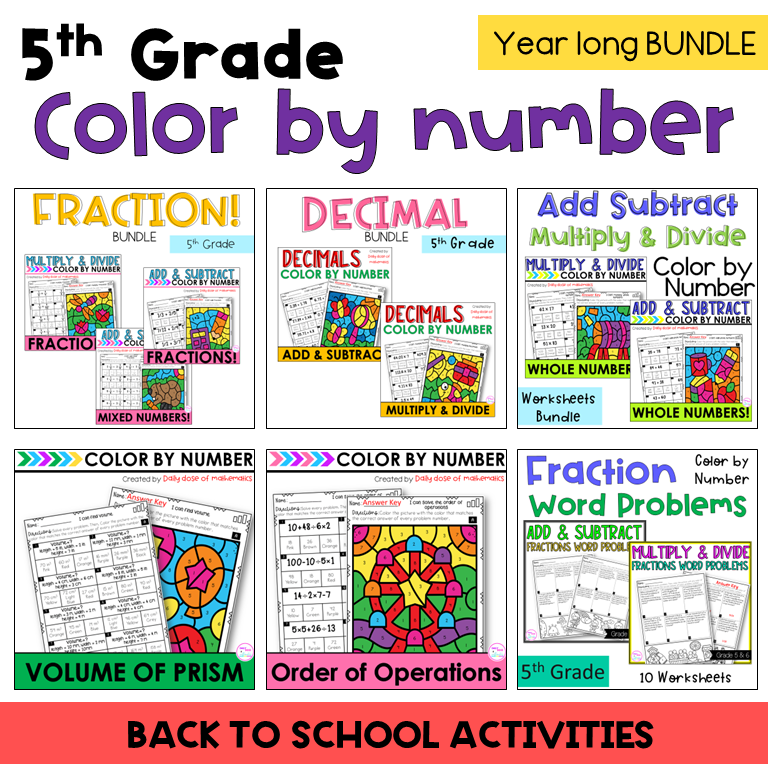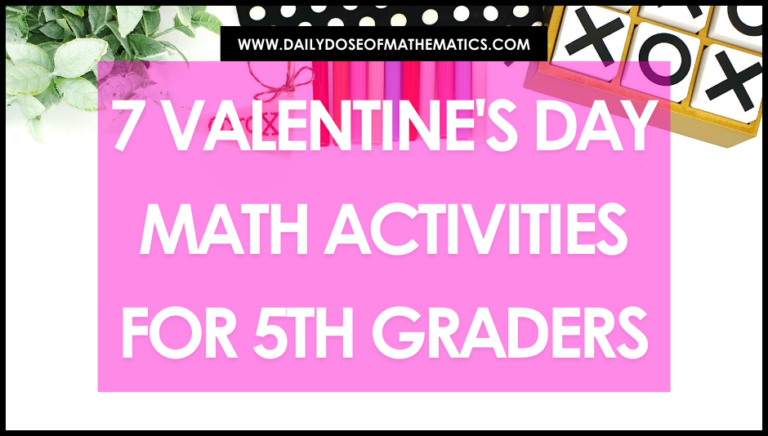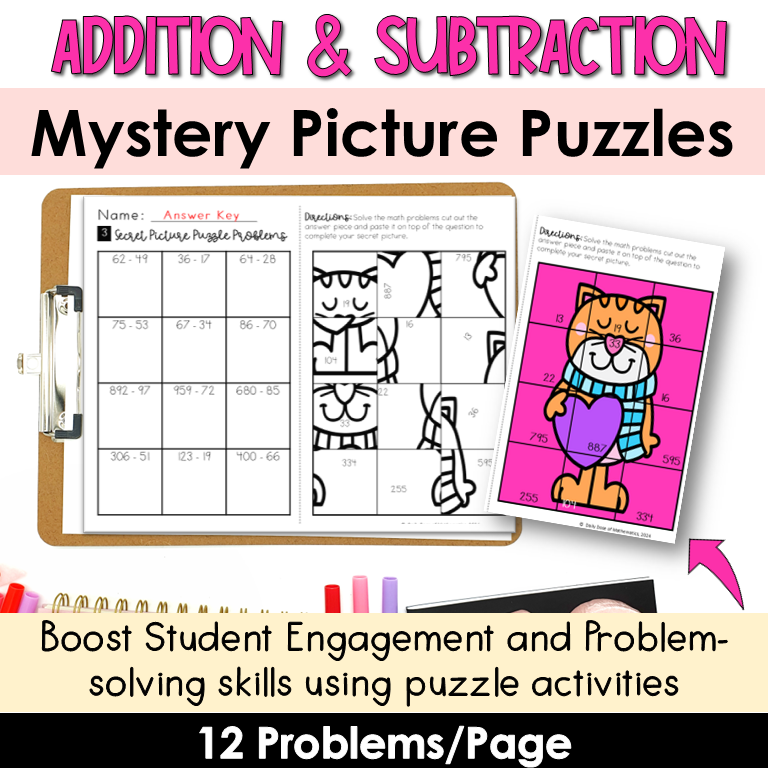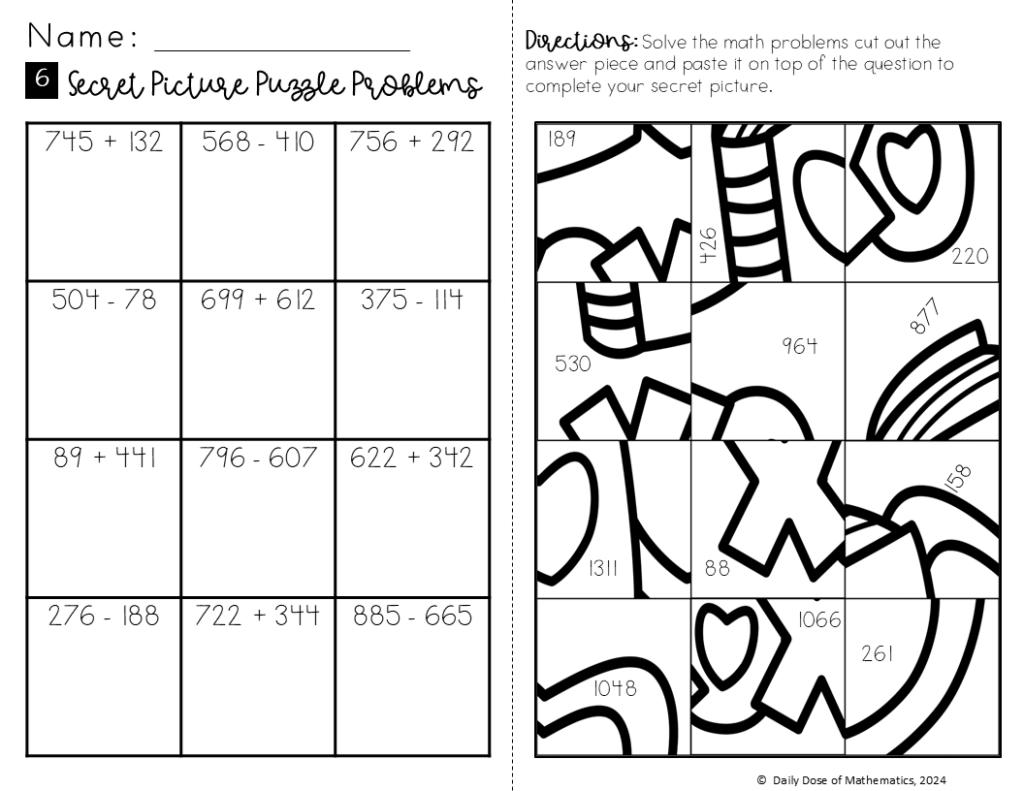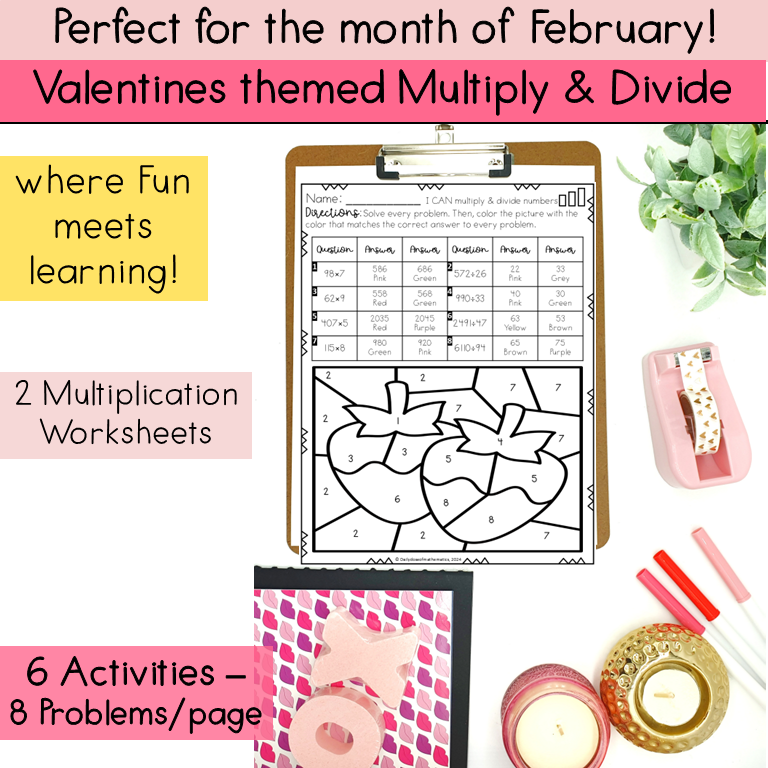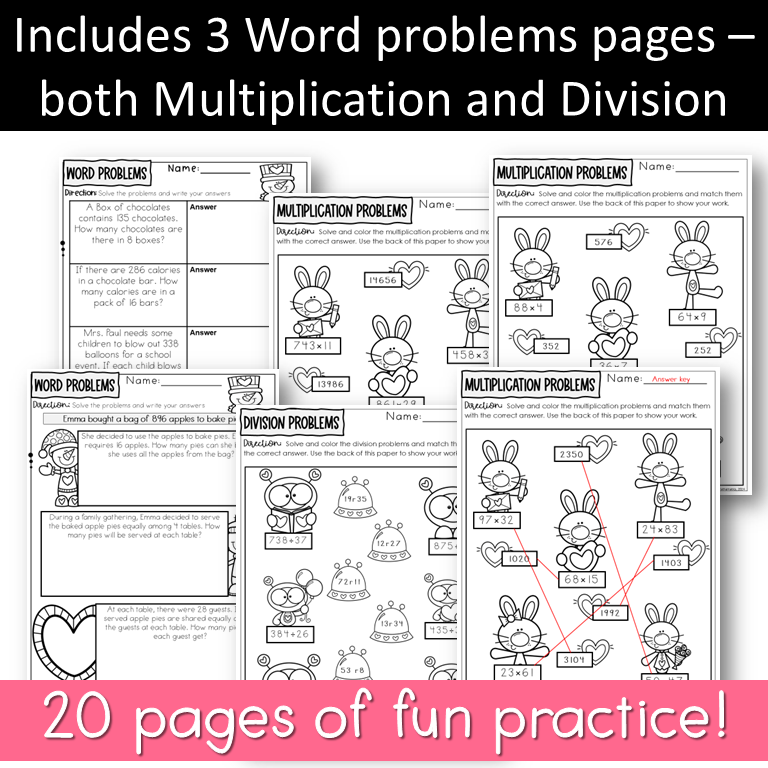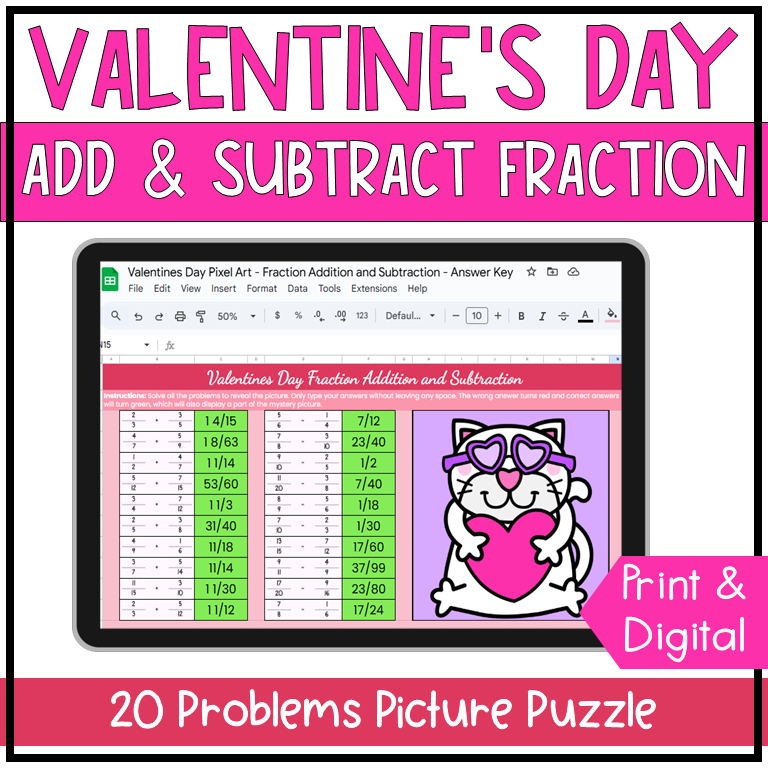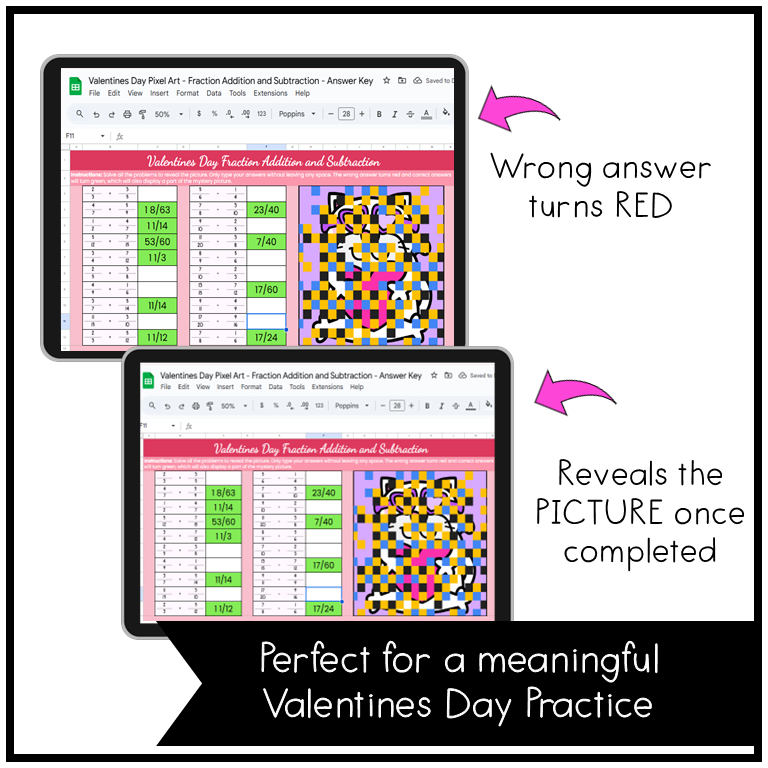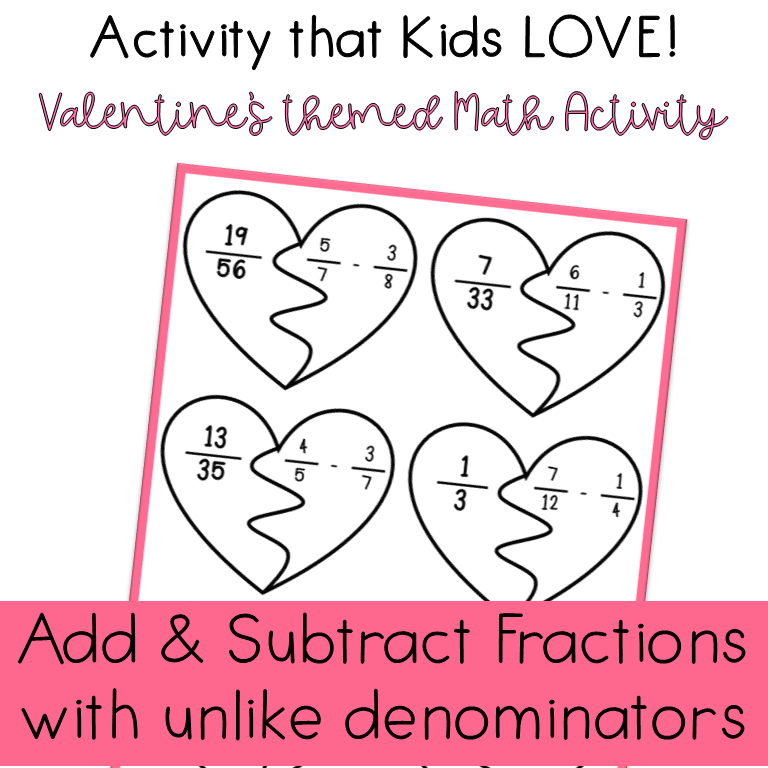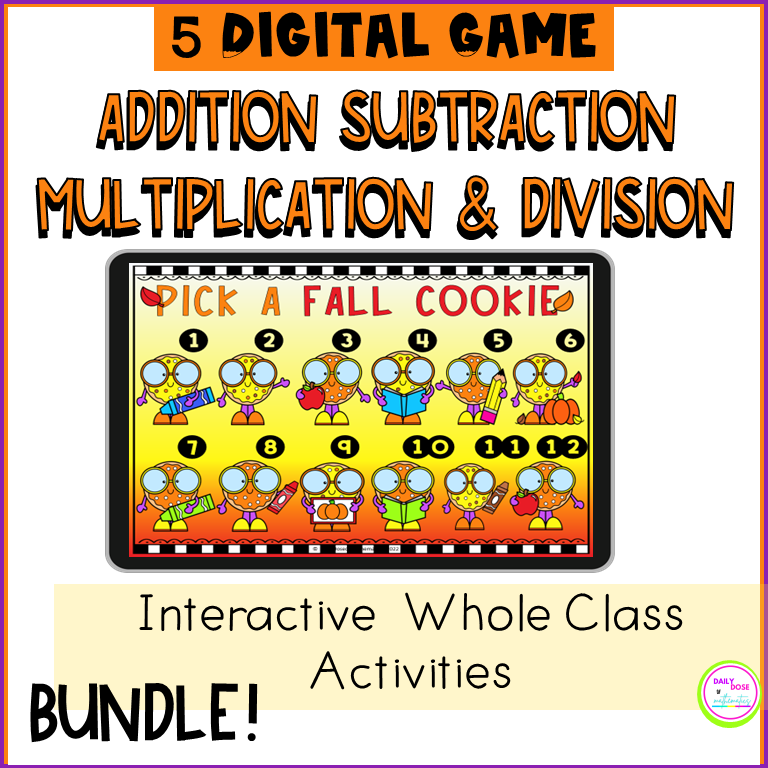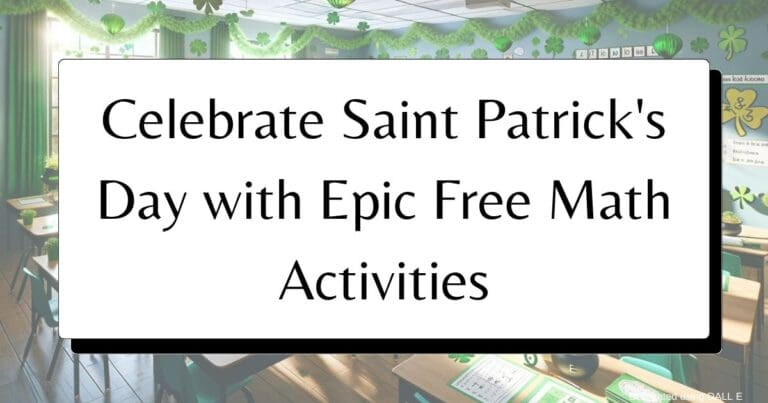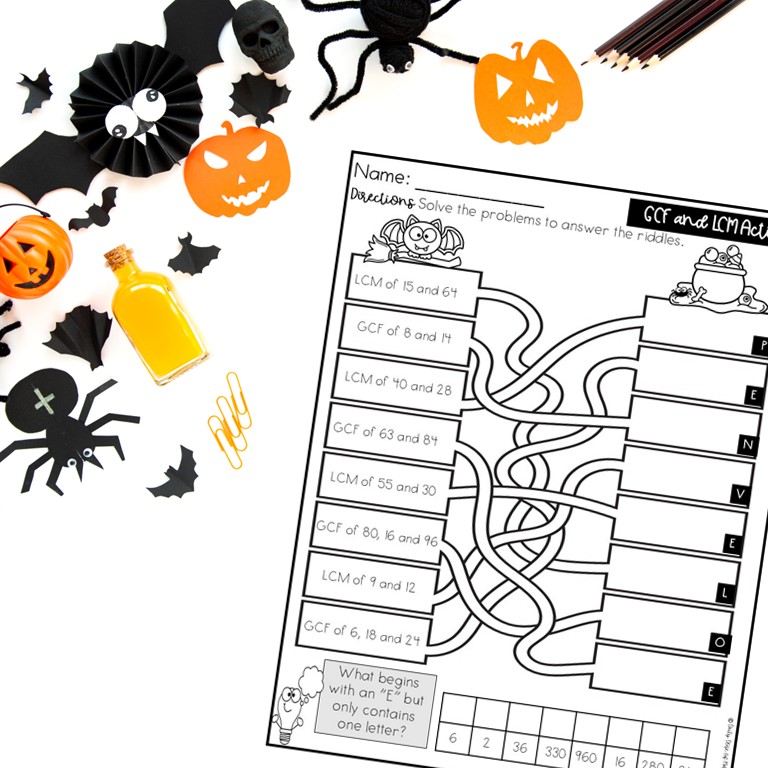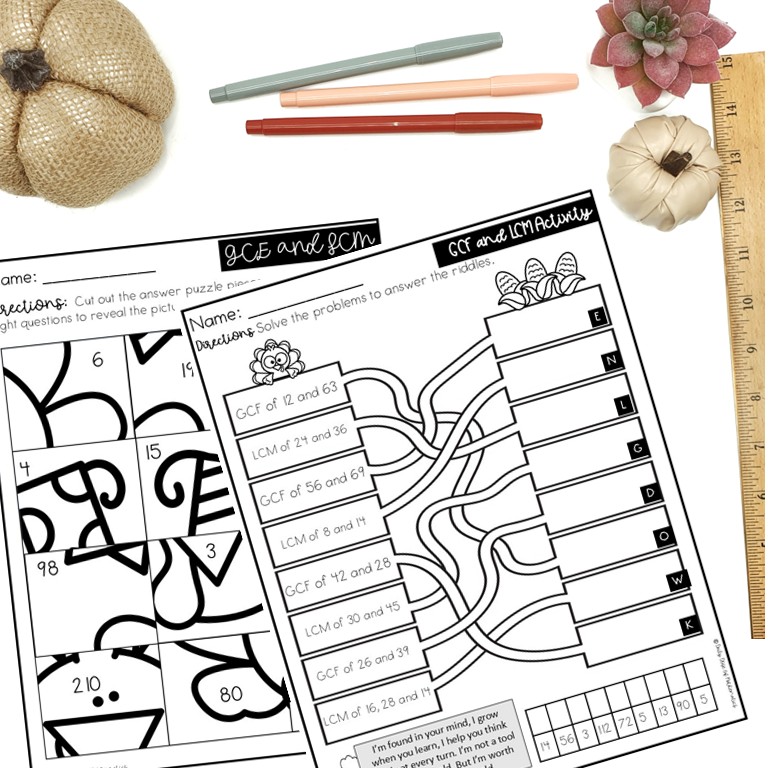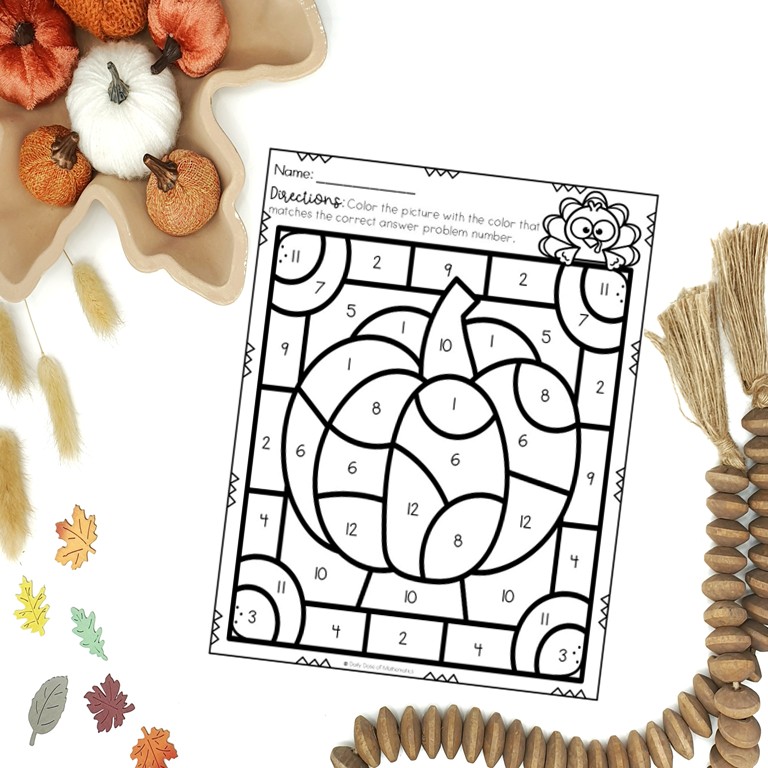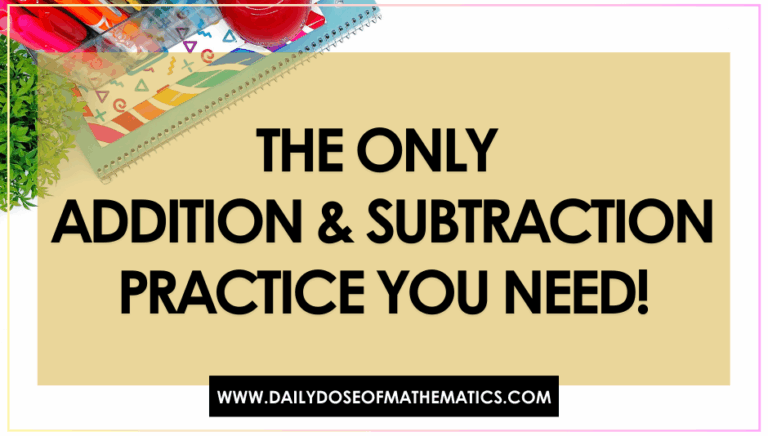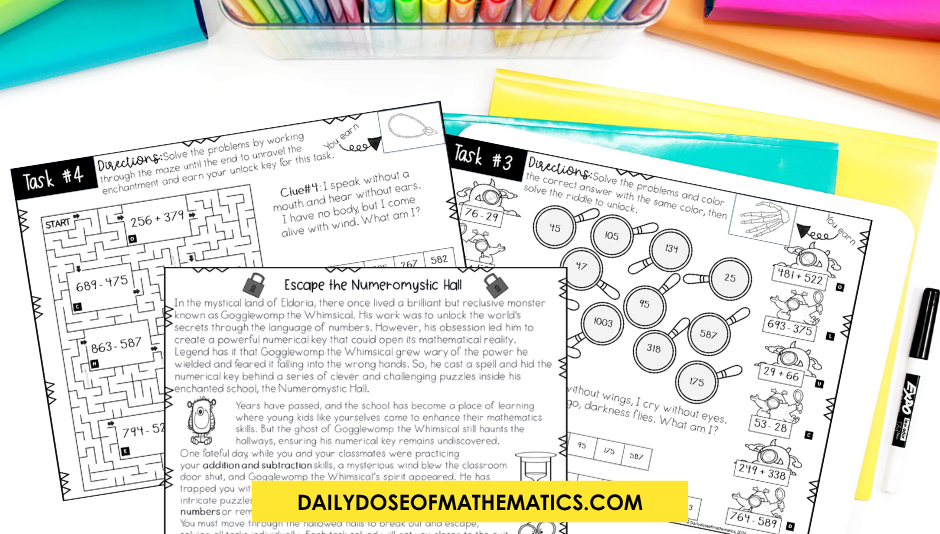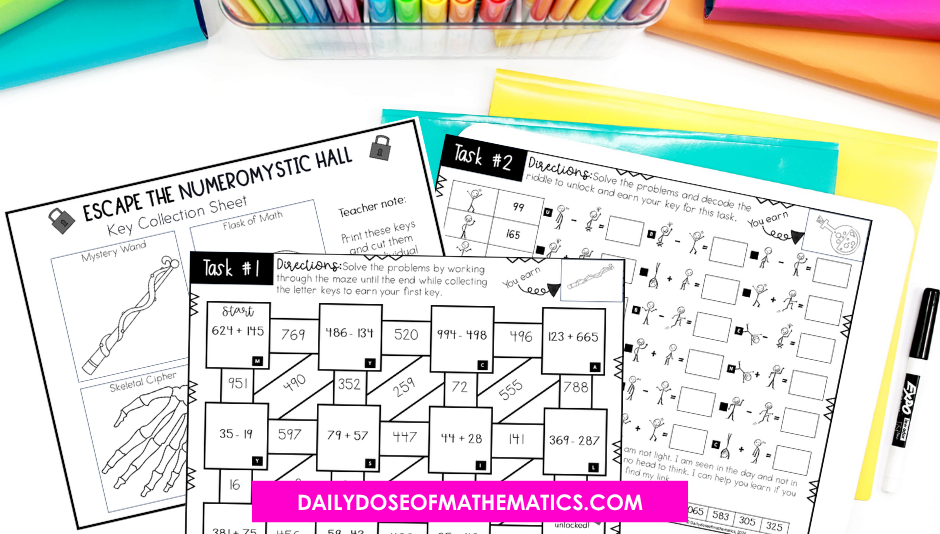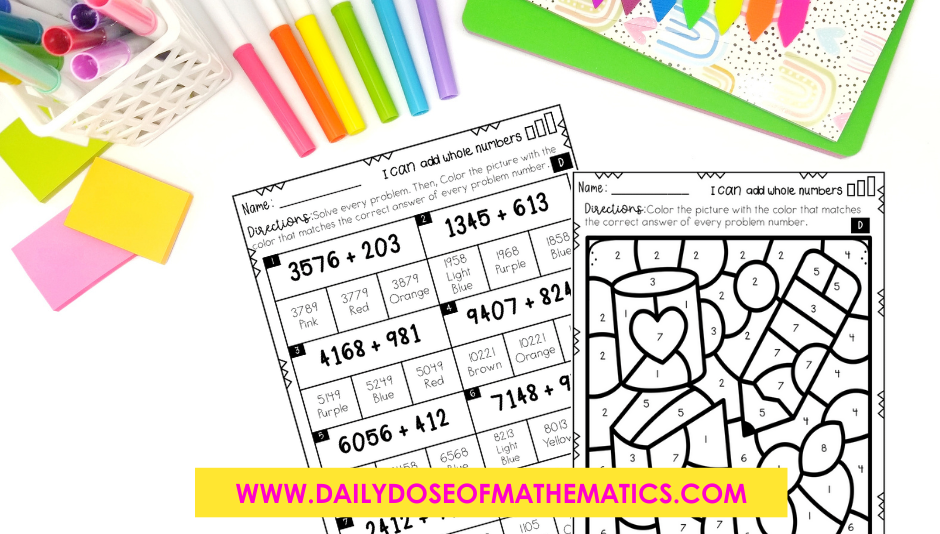5 Unique but Epic Ways To Use Color By Number Worksheets For High Student Engagement This Year
Using color by number activities in one of my favourite ways to bring excitment and fun inside classroom. I cannot tell you how much my kids look forward to using these for any topic or theme day.
Seriously its one of the best way in my opinion to keep them on the task while still interested in practicing math during math centers.
Try using the if your kids are hitting a math practicing roadblock. We even display the art result they produced in our classroom or gallery. Students feel super prod when I do that.
So today let’s discover five easy ways you can implement math color by number worksheets so you can have an engaged class that’s excited to work on them.
What is a Color by Number Worksheets:
Color by number worksheets aren’t just art and math combined today, instead they are a sure way to give your kids a more engaging and educational experience that they might miss out on during a traditional learning environment.
This way of practicing math provides a structured way to kid’s daily math practice. Today, I’m about to sow you how I use them to add engagement for any topic you want to teach be it fraction operation including word problems or order of operation along with decimal operations.
Why to use Color by number worksheets for developing understanding:
Using art in our daily learning is a fantastic way to increase our kid’s educational experience. Think of it this way: your kids solving math problems and revealing a historical place, figure, or even a themed art piece to set the mood for some festive spirit.
Coloring is also a calming activity that reduces stress and keeps them focused on the task while developing fine motor skills. This is one of the reason why I use color-by-number worksheets as a terrific way to keep them on track with their daily math progress while having fun.
Customizable Math Teaching Tool:
Every child is different, and no 2 kids can learn the same way. Customizing color by number worksheets to fit their needs and learning styles can drastically boost student’s engagement.
For visual learners or students who cannot focus on a single task, these worksheets can be a handy tool for any math teacher.
Creative Reward and Recognition:
You can use the completed math coloring worksheets as a positive reinforcement activity for your students.
Here is how I achieve this. I display the finished color by number worksheets inside our classroom or hallway, which encourages students to perform better and acts as a reward for their hard work.
Develops Emotional Intelligence:
This type of activity not only gets student’s creative juices to follow but also keeps them calm and organized. This enhances their emotional intelligence and stamina to endure more demanding challenges in the learning process, which we as a teacher always strive for.
Independent and Self-Checking Practice:
If I had to pick one reason among all the above, this one would always surpass the rest. The most important thing any teacher wants is to cut down the time used for grading so we can actually do more of what we Love, aka “TEACHING“.
Color by number worksheets are a fantastic way to facilitate independent practice of topics like area of complex figures, order of operations during the math center activities or the morning bell work, or you can even leave them for a sub day and still get the teaching stuff done while you are away.
Want to include some color-by-number activities in your class?
Here are a few free ones for you to use.
Get access to Free addition and subtraction color-by-number worksheets and Multiplication Color by number worksheets
If you would like to see more color by code activities, just click on the cover below.


